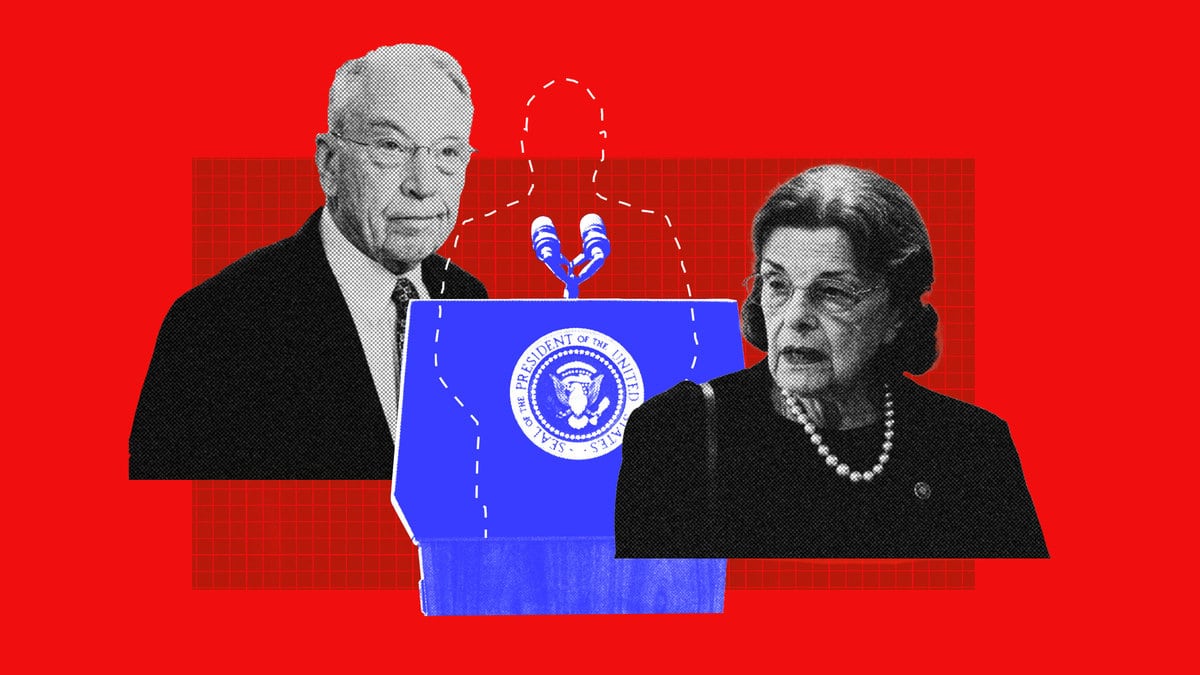Opinion
Photo Illustrations by Luis G. Rendon/The Daily Beast/Getty
We Really Need to Fix Presidential Succession—Like Now
PRESIDENT FEINSTEIN? PRESIDENT GRASSLEY?
The Presidential Succession Act of 1947 is a constitutional crisis waiting to happen.
opinion

Trending Now




